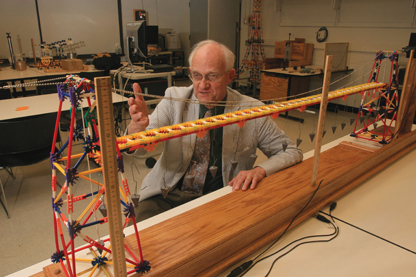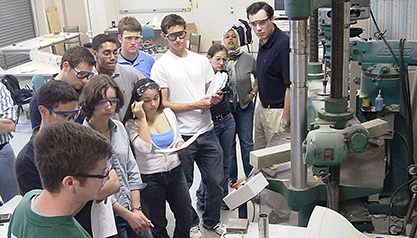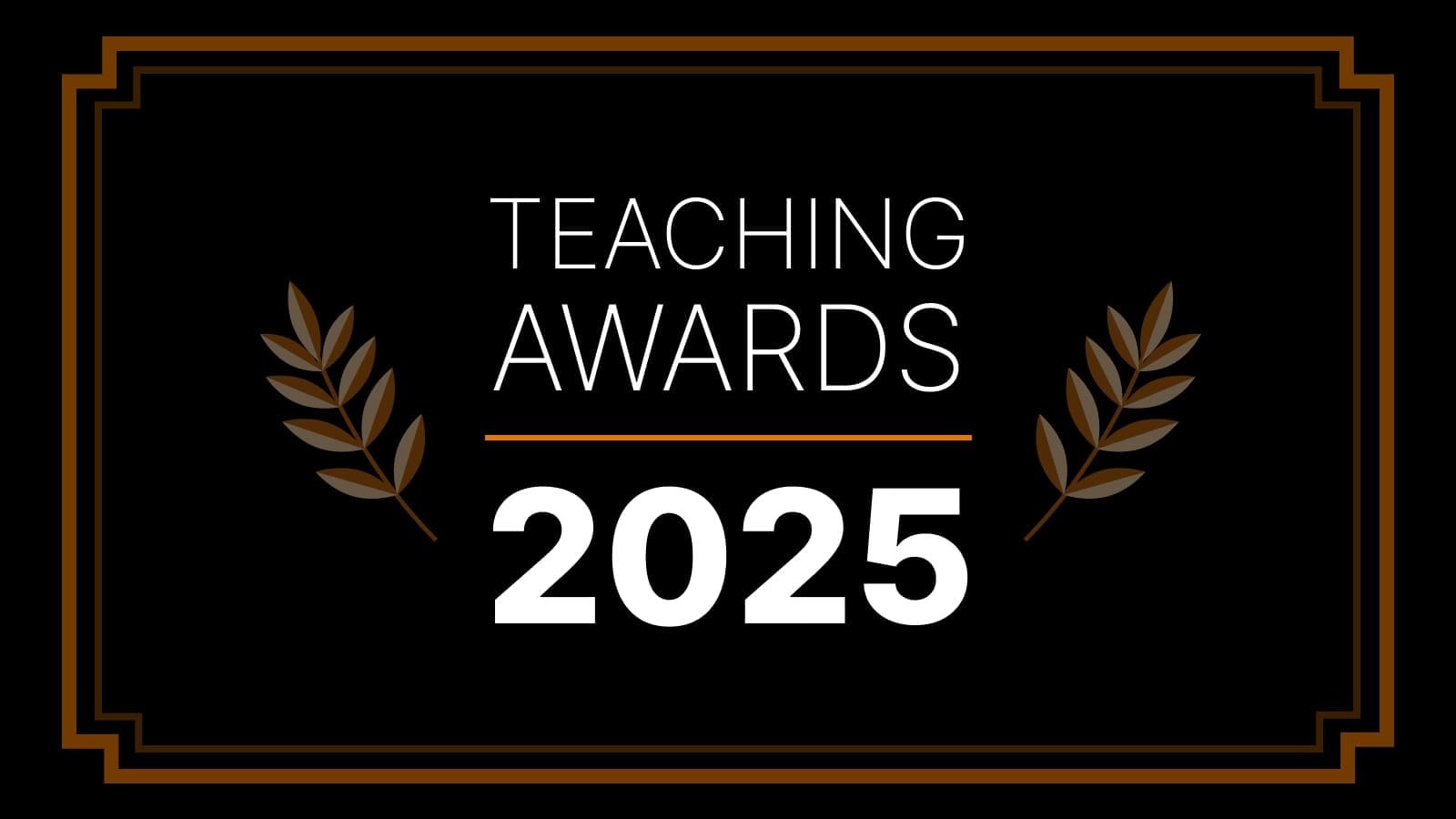The Princeton synthesis: Art meets engineering in flagship courses
By
on
Talk about bridging disciplines.
In a recent class of “Structures and the Urban Environment,” Professor of Civil and Environmental Engineering David Billington used the tale of one bridge to weave together information about the history of Switzerland, the legend of William Tell, the economic importance of a pass between Southern Germany and Milan, and the engineering principles behind it all.

And that was just in the first five minutes. Billington ’50, the Gordon Y. S. Wu Professor of Engineering, went on to discuss the “Swiss Synthesis”-an educational model that merged science and art education with complex mathematical analysis and unwavering attention to form-and the great engineers that emerged from this tradition.
This synthesis may have its roots in the Swiss tradition, but it continues today at Princeton in Billington’s two flagship courses: “Structures and the Urban Environment” (started in 1974 and now co-taught with Maria Garlock, assistant professor of civil and environmental engineering) and “Engineering and the Modern World” (started in 1991 and co-taught with Michael Littman, professor of mechanical and aerospace engineering).
Each course typically enrolls 200 or more students, meaning that Billington’s crossdisciplinary approach attracts a substantial fraction of all Princeton students.
His lectures-given entirely from memory, but as enthusiastically as if for the first time-are as likely to feature images of great works of art as they are to incorporate engineering diagrams. This is as it should be, he said, for engineering is intricately connected to economics and politics, to history and art. To study engineering in isolation would be akin to building a bridge without support.

“Equations are only part of engineering,” Billington said. “These are partly humanities courses-they are about individuals and what they think, what the ideas were and what they were trying to accomplish. I don’t consider engineers educated unless they learn something about the history.”






